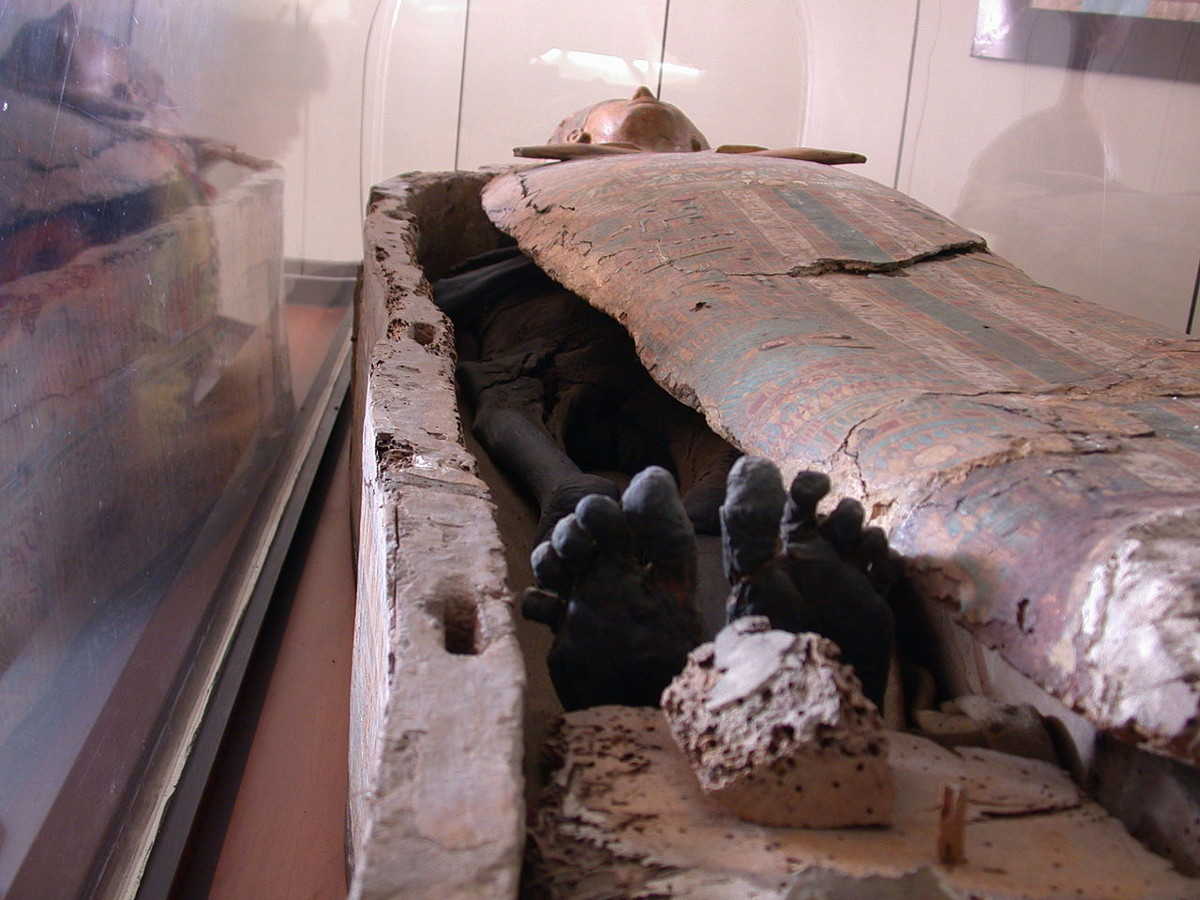
Pre-Raphaelite painters found an unusual source for one of their pigments: They ground up Egyptian mummies. In the words of one enthusiast, “A charming pigment is obtained by this means, uniting a peculiar greyness (due to the corpse and its bandages) with the rich brown of the pitch or bitumen, in a manner which it is very hard indeed to imitate. It flows from the brush with delightful freedom and evenness.”
Artist Edward Burne-Jones was so shocked at learning that this was the source of his umber paint that he staged a poignant little ceremony. “He left us at once, hastened to the studio, and returning with the only tube he had, insisted on our giving it decent burial there and then,” recalled his wife Georgiana. “So a hole was bored in the green grass at our feet, and we all watched it put safely in, and the spot was marked by one of the girls planting a daisy root above it.”
The production of “mummy brown” ceased in the 20th century — only because the supply of mummies was exhausted.
